Drainage with high water table
gillie_girl
14 years ago
Featured Answer
Sort by:Oldest
Comments (14)
rhodium
14 years agoRelated Professionals
Surprise Landscape Architects & Landscape Designers · Piqua Landscape Architects & Landscape Designers · Middletown Landscape Contractors · Salem Landscape Contractors · Bainbridge Island Landscape Contractors · Bedford Heights Landscape Contractors · Concord Landscape Contractors · Yuba City Landscape Contractors · Winter Gardens Landscape Contractors · Crowley Landscape Contractors · Cave Spring Decks, Patios & Outdoor Enclosures · Bethany Decks, Patios & Outdoor Enclosures · Clemmons Decks, Patios & Outdoor Enclosures · Fort Lee Decks, Patios & Outdoor Enclosures · Lake Arrowhead Decks, Patios & Outdoor EnclosuresEmbothrium
14 years agogillie_girl
14 years agoduluthinbloomz4
14 years agoisabella__MA
14 years agolaag
14 years agogillie_girl
14 years agopls8xx
14 years agogillie_girl
14 years agopls8xx
14 years agogillie_girl
14 years agopls8xx
14 years agogillie_girl
14 years ago
Related Stories

BATHROOM DESIGNConvert Your Tub Space Into a Shower — Waterproofing and Drainage
Step 4 in swapping your tub for a sleek new shower: Pick your waterproofing materials and drain, and don't forget to test
Full Story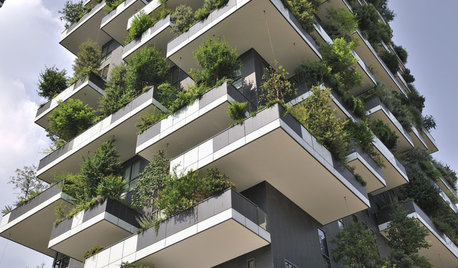
THE ART OF ARCHITECTUREWorld of Design: Trees Bring Nature to a High-Rise in Milan
Discover ‘the most beautiful and innovative skyscraper in the world’ — the foliage-filled Bosco Verticale — and tour one of its apartments
Full Story
HOUSEKEEPINGHow to Remove Water Rings From Wood Tables
You may be surprised by some of these ideas for removing cloudy white water marks from wood surfaces
Full Story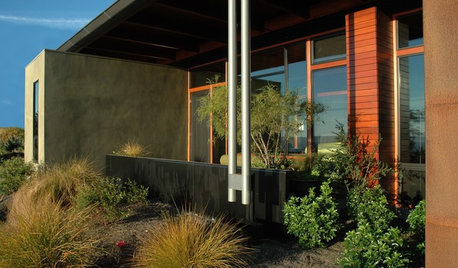
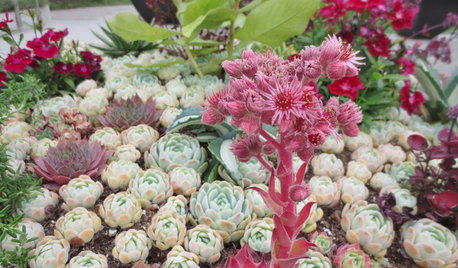
GARDENING GUIDESAlpine Plants: High Performers at Low Altitudes Too
So Heidi and the goats aren't your neighbors. Alpine plants can be lovely and low maintenance on difficult sites beyond the mountains
Full Story
HOUZZ TOURSHouzz Tour: A Seattle Home Reaches for High Sustainability
Tapping into rainwater, sunlight and natural ventilation, a Washington state home gets both green cred and a gorgeous look
Full Story
WOODKnotty and Nice: Highly Textured Wood Has a Modern Revival
Whether it's cedar, fir or pine, if a wood has a knot, it's hot
Full Story
KITCHEN DESIGNKitchen of the Week: High Function and a Little Secret in Missouri
There’s plenty of room for cooking and a hidden feature too in this flexible, family-friendly kitchen
Full Story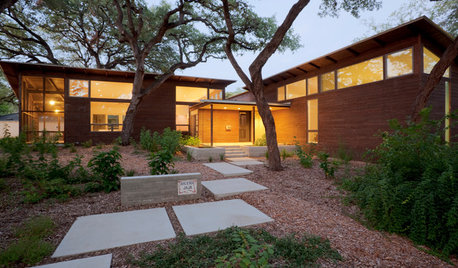
GREEN BUILDINGMeet a High-Tech Home That Monitors Itself
Energy vampires have nowhere to hide in this LEED Platinum home, as energy efficient as it is architecturally beautiful
Full Story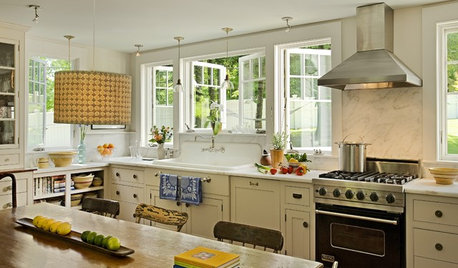
KITCHEN DESIGNThe Return of the High-Back Farmhouse Sink
See why this charming and practical sink style is at home in the kitchen and beyond
Full StoryMore Discussions






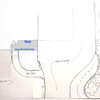

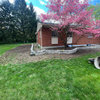

Toronado3800 Zone 6 St Louis